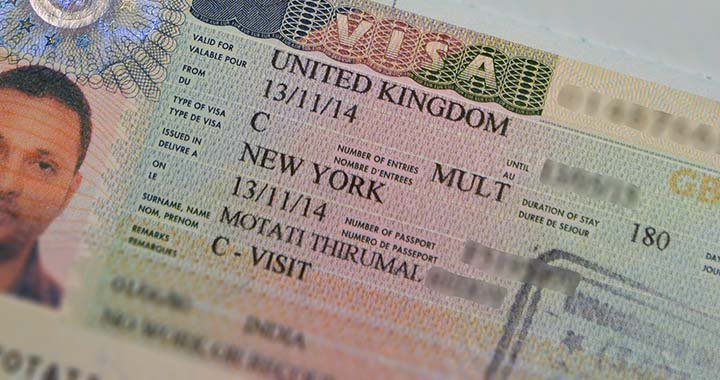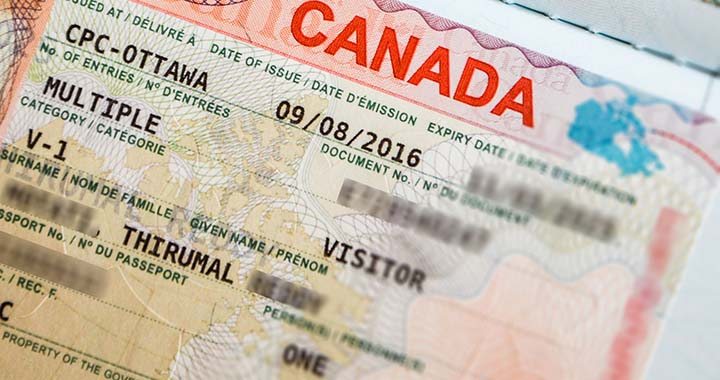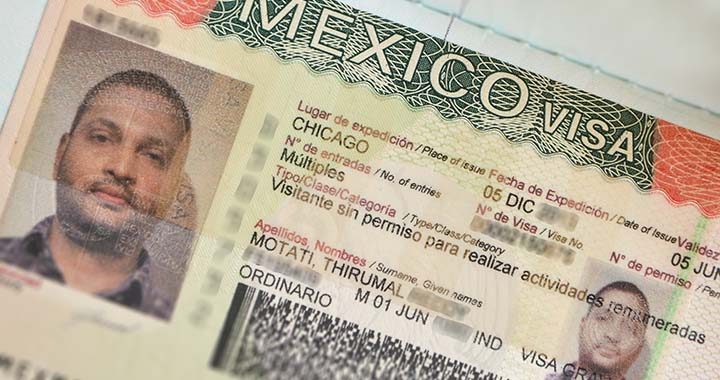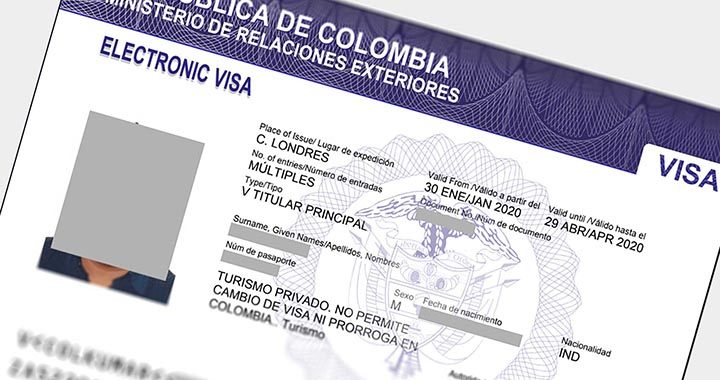Australia’s Bridging Visa A (BVA) allows you to remain in Australia legally after your current substantive visa ceases and while your new visa application is being processed. In a way, BVA links, or bridges, two substantive visas.
You can apply for the Bridging Visa A if and only if you’re inside Australia. Virtually all BVAs are applied for automatically together with the new visa application.
The BVA comes into force after your current substantive visa expires. It almost always comes with the same conditions as the visa held at the time of lodgement.
Just to catch you up, a substantive visa is an official term for all Australian visas, except for Bridging visas, and enforcement and criminal justice visas.
***
BVA Requirements

Bridging Visa A Eligibility
To be eligible for Bridging Visa A, when you apply you must:
- Be inside Australia
- Have an active substantive visa OR have held one but you now have another bridging visa
- Not have a “No further stay” condition attached to your current substantive visa
- Continue to meet the health and character requirements
Bridging Visa A Conditions
In most cases, Bridging Visa A will be granted with the same conditions as the visa you held when you applied.
You can check the list of conditions attached to your current visa online on the Visa Entitlement Verification Online (VEVO) portal.
Performing Work
All tourist visas come with the “No Work” condition. A BVA granted to a tourist is guaranteed to also have this condition. As such, as a tourist, you cannot work while holding a BVA.
Traveling out of Australia and return
Bridging Visa A expires if you leave Australia!
You are allowed to leave the country holding a BVA but you will NOT be allowed to come back.
If you want to travel out of Australia and return, you must first apply for a Bridging Visa B (BVB).
***
BVA Application Process
In practice, all applications for a Bridging Visa A are automatic. In other words, you don’t need to do anything additionally when you apply for a new substantive visa – you will also apply for a BVA.
Moreover, most BVAs are also granted automatically.
If your BVA wasn’t applied for automatically, you can manually apply online on the IMMI web portal.
BVA Activation
Bridging Visa A comes into effect when your substantive visa expires, not when it’s granted!
Until this point, you are subject to the conditions of your original visa, not the Bridging Visa conditions.
The Bridging Visa A may never come into force at all, for example, if you are granted a new substantive visa before your previous one expires.
BVA Fee
Bridging Visa A is completely free. There’s no processing fee either.
***
Importance of the Bridging Visa A for Tourists
If you’re a genuine tourist in Australia on either an Electronic Travel Authority (ETA), eVisitor Visa or Visitor Visa, the Bridging Visa A will be necessary if you plan to extend your stay in Australia.
Australia doesn’t allow visa extensions but allows you to apply for new visas, including Visitor Visa (Onshore Stream), while in the country. In such a case, you will be granted a Bridging Visa A that remains valid until your new visa is processed.
Let’s look at a couple of scenarios where you might need a Bridging Visa A as a tourist.
Scenario 1: You want to extend your tourism stay in Australia
Picture this: You’ve spent almost 3 months in Australia and you love it. There’s so much to see! It’s a whole continent! Now you want to stay longer.
First, make sure your current valid visa does NOT have a “No Further Stay” condition attached to it. If it does, there is little you can do to stay more, unless you have compelling and compassionate reasons that you cannot leave.
Then, go to your IMMI account and apply for a new Visitor Visa, this time the Onshore Stream. It costs 475 AUD. If granted, this Visitor Visa (Onshore) will allow you to stay up to 12 months. These Visitor Visas are almost always processed within 22 days.
You will also be issued a Bridging Visa A. If your current tourist visa expires before the new one is issued, the Bridging Visa A will allow you to remain in Australia lawfully.
Once your new Visitor Visa is granted, it will replace the bridging visa.
Scenario 2: Your new visa application is refused
Let’s say that you apply for a new tourist visa and are granted Bridging Visa A. Unfortunately, your new tourist visa application is refused.
In this case, you can either:
- Appeal the decision in the Administrative Appeals Tribunal (AAT). This is costly, long and not a viable option for genuine tourists.
- Apply for another visa. This can also be quite costly and not feasible for short-term visitors.
- Make plans to leave Australia.
Once your visa application is refused, Bridging Visa A will expire in 35 days. If you don’t leave within this period, you will become unlawful and may face harsh penalties.
***
Frequently Asked Questions (FAQs)
What’s the difference between the Bridging Visa A grant date and the date it comes into force?
Bridging Visa A is usually granted soon after applying for a new substantive visa but it only comes into force after your current substantive visa expires.
Can I get a Bridging Visa A if my tourist visa has already expired?
No. Bridging Visa A is granted only if you apply for a new visa while holding a valid visa.
If you apply for a new visa with an expired substantive visa, you will be issued a Bridging Visa C instead.
Alternatively, you can apply for Bridging Visa E and make plans to leave Australia immediately.






